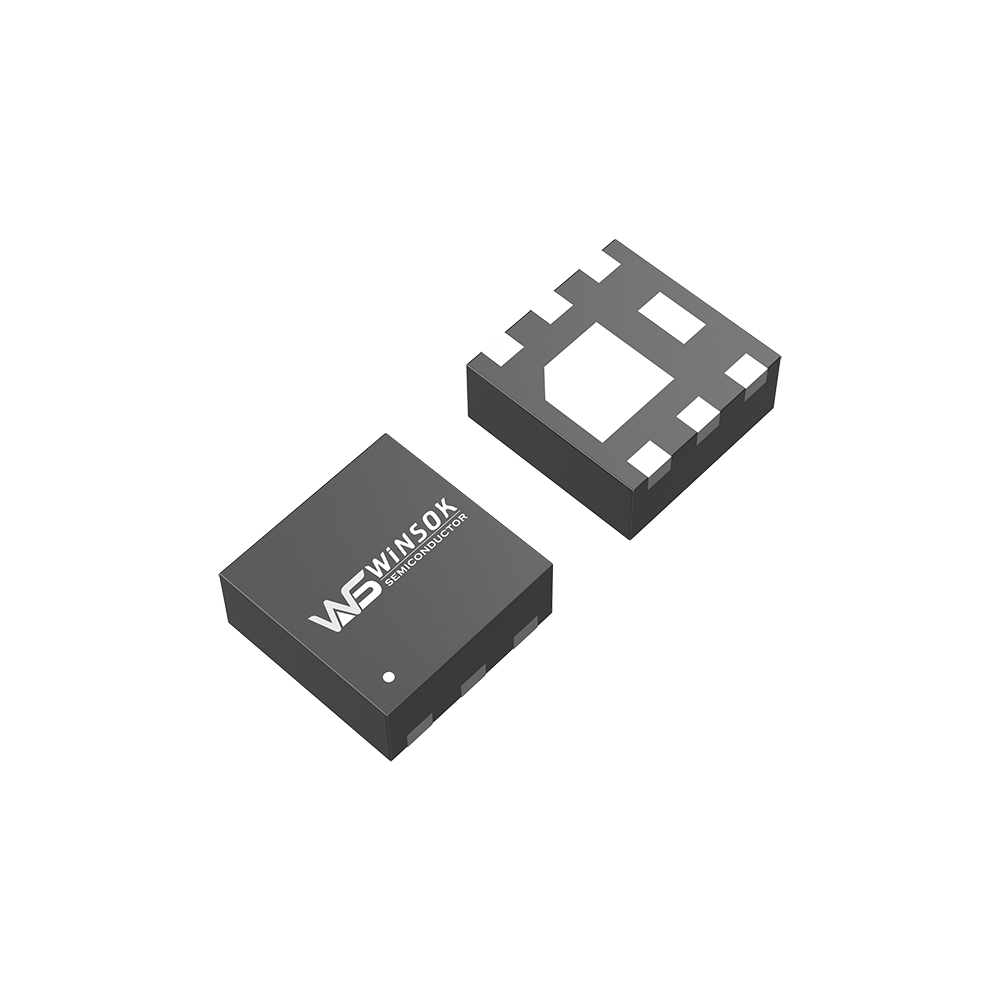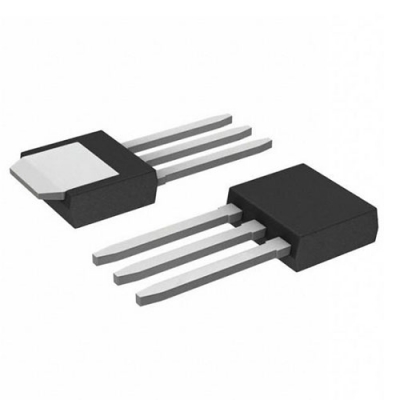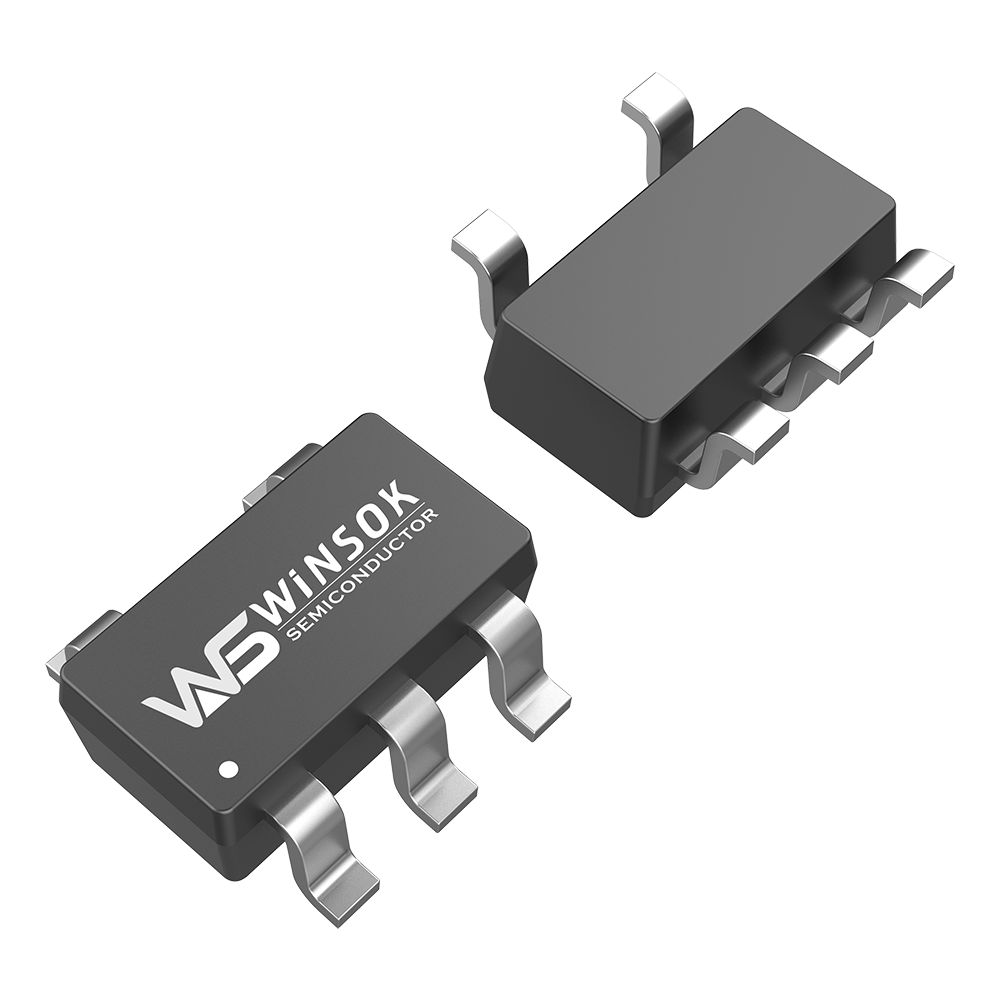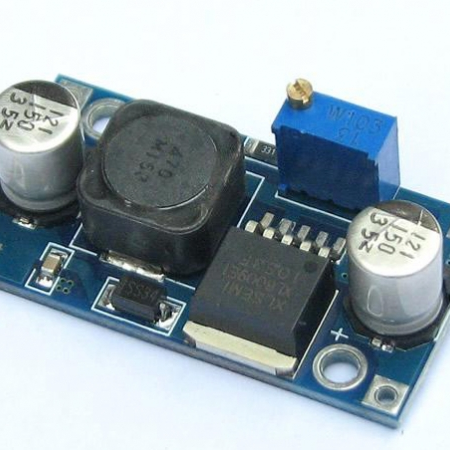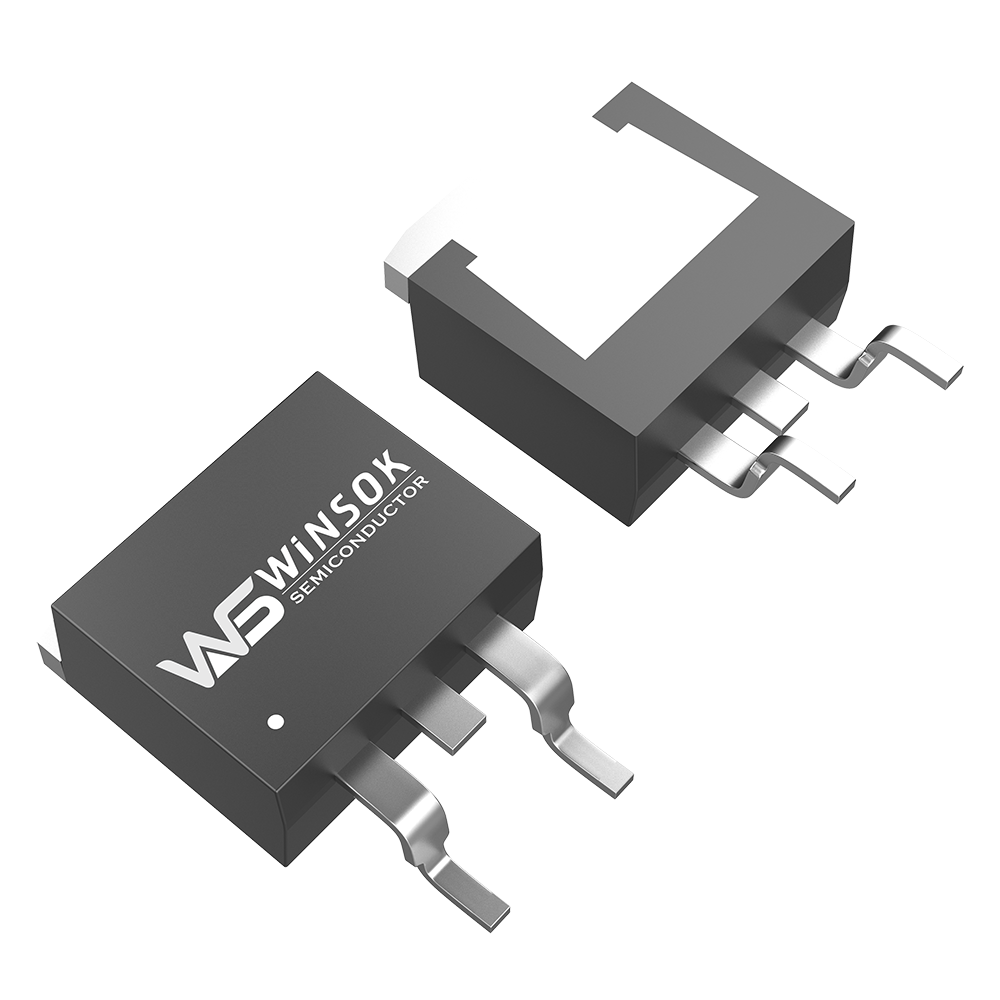Understanding Power MOSFET Structure
Power MOSFETs are crucial components in modern power electronics, designed to handle high voltages and currents. Let’s explore their unique structural features that enable efficient power handling capabilities.
Basic Structure Overview
Source Metal
║
╔═══╩═══╗
║ n+ ║ n+ ║ Source
════╝ ╚════
p+ p Body
│
│ n- Drift Region
│
│
════════════════ n+ Substrate
║
╨ Drain Metal
Cross-sectional view of a typical Power MOSFET
Vertical Structure
Unlike regular MOSFETs, power MOSFETs employ a vertical structure where current flows from top (source) to bottom (drain), maximizing current handling capacity.
Drift Region
Contains a lightly doped n- region that supports high blocking voltage and manages electric field distribution.
Key Structural Components
Design Consideration
The cell pitch and junction depth are critical parameters that affect the device’s performance characteristics including on-resistance and switching speed.
Cell Structure Details
Gate
┌───┐
S │ │ S
┌┴┐ │ │ ┌┴┐
│n+│ │ │ │n+│
└─┘ │ │ └─┘
p+ └───┘ p+
p-body
n-
n+
Drain
Detailed cell structure showing gate, source, and body regions
Key Dimensional Parameters
- Cell Pitch: Typically 2-10 μm
- Gate Oxide Thickness: 50-100 nm
- Junction Depth: 1-3 μm
- Drift Region Thickness: 5-50 μm (voltage dependent)
Structural Layer Analysis
Gate Structure
┌──────────────┐
│ Gate Oxide │
════╝ SiO2 ╚════
- Polysilicon material for gate electrode
- Optimized gate oxide thickness for reliability
- Specialized gate geometry for uniform field distribution
- Multiple parallel cells for current handling
Channel Formation
Gate
║
S ▼ S
═╗ ═══ ╔═
║ Chr ║ ← Inversion
n+╚═══╝n+ Channel
p-body Formation
│
│ n-
│
Channel formation under gate bias
Advanced Structural Features
Trench Structure
S G S
┌─╨─┐
│ │
n+ ═╣ ╠═ n+
│ │
│ │
p │ │ p
│ │
└───┘
n-
Modern trench design for reduced on-resistance
Planar Structure
S G S
╨ ╨ ╨
═══╗ ╔═══
n+ ═╝ ╚═ n+
p p
n-
Traditional planar design with proven reliability









